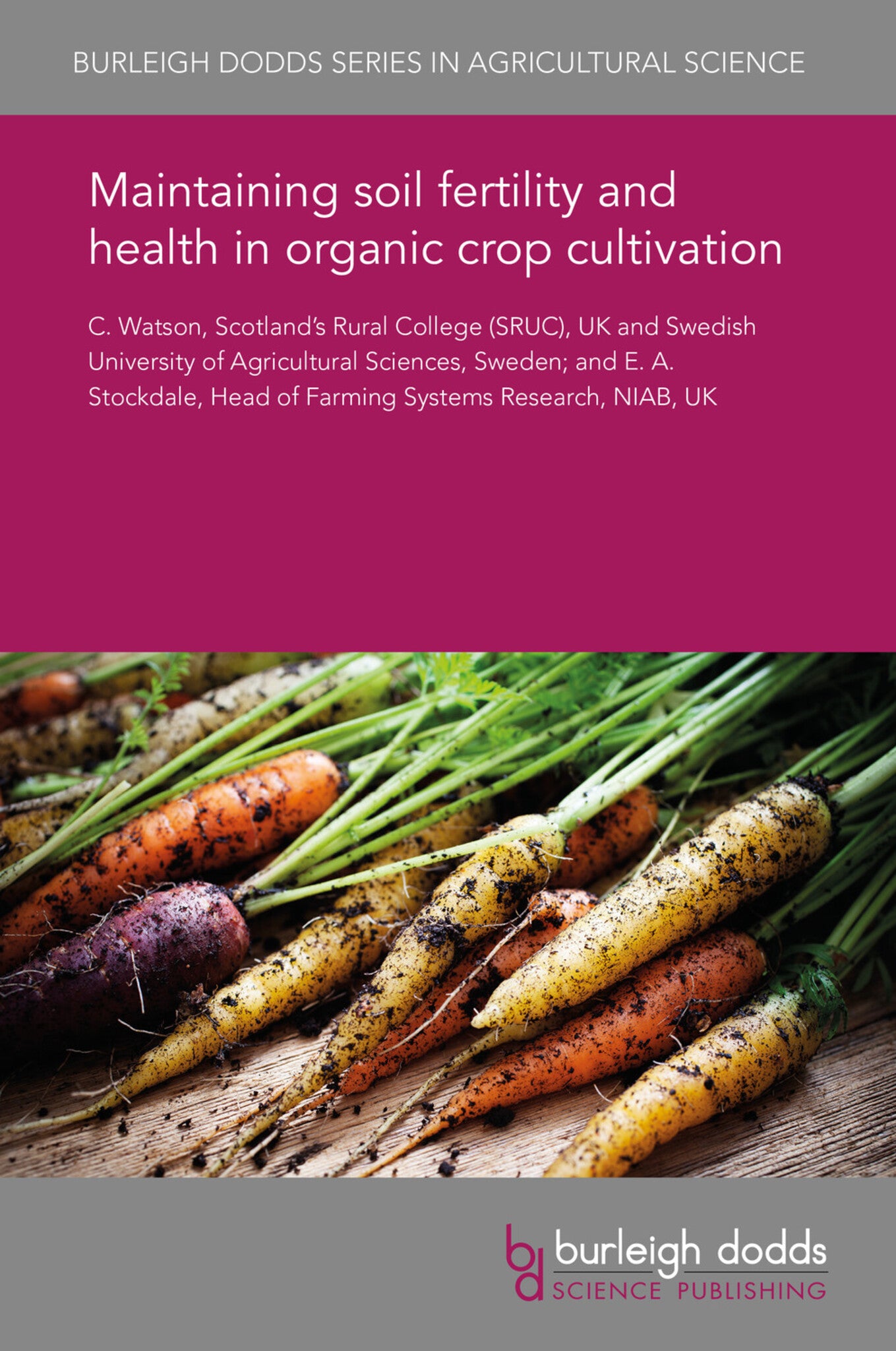We're sorry. An error has occurred
Please cancel or retry.
Maintaining soil fertility and health in organic crop cultivation

Some error occured while loading the Quick View. Please close the Quick View and try reloading the page.
Couldn't load pickup availability
- Format:
-
29 November 2018


TECHNOLOGY & ENGINEERING / Agriculture / Sustainable Agriculture, Organic farming, TECHNOLOGY & ENGINEERING / Agriculture / Agronomy / Crop Science, TECHNOLOGY & ENGINEERING / Agriculture / Agronomy / Soil Science, TECHNOLOGY & ENGINEERING / Agriculture / Organic, Sustainable agriculture, Agronomy and crop production

1 Introduction 2 Some key themes in soil fertility and soil health 3 Case study: interactions between soil management and the delivery of soil functions/ecosystem services 4 Conclusion and future trends 5 Acknowledgements 6 Where to look for further information 7 References



